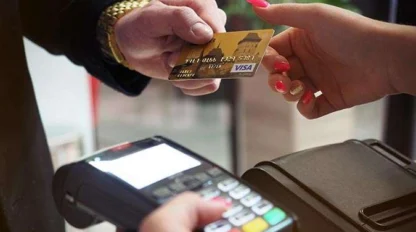Creating a Safe and Accessible Home for Children with Disabilities
February 23, 2023

Parents of children with disabilities often face unique challenges when creating a safe and accessible home. While every family is different, certain modifications can be made to homes to help increase the comfort and independence of children with disabilities. In this article, we will explore ways to make your home more accessible for your child.
Why Home Modifications are Important for Children with Disabilities
Home modifications are critical for children with disabilities to ensure their environment is safe, accessible and conducive to their development. Children with disabilities often face physical, sensory, and cognitive challenges that make it difficult for them to navigate their surroundings and participate in daily activities.
Home modifications can help address these challenges by providing adaptations allowing them to move around their home easily and independently. For example, installing grab bars and slip-resistant flooring in the bathroom or building ramps and widening doorways to accommodate wheelchairs can improve the child’s safety and mobility.
These modifications can also create an environment that supports the child’s growth and development, allowing them to engage in age-appropriate activities and build important life skills. Ultimately, home modifications play a crucial role in promoting the well-being and quality of life of children with disabilities.
Types of Home Modifications
There are a variety of modifications that can be made to improve the safety and accessibility of a home for children with disabilities. Some of the most common home improvements include:
- Stairlifts: Stairlifts provide safe and convenient access to different levels of a home for children who have difficulty climbing stairs.
- Ramps: Ramps can be added to the home’s entrances to provide easy access for children who use wheelchairs, scooters, powerchairs, or other mobility aids.
- Vertical Platform Lifts (VPLs): VPLs, like ramps, allow the user to remain in their mobility device while using the lift. They are often used to gain access to the home through the garage or the front porch.
- Widened doorways: Widening doorways can allow for greater accessibility and ease of movement for children with mobility limitations.
- Bathroom modifications: Installing grab bars, slip-resistant flooring, and adjustable shower heads can help make the bathroom safer and more accessible for children with disabilities.
- Kitchen modifications: Modifying the kitchen, such as lowering countertops and installing accessible appliances, can make cooking and meal preparation easier and more comfortable for children with disabilities as they get older.
Financing Home Modifications
For many parents, cost is one of the most concerning factors surrounding these types of projects. Fortunately, various options are available. From grants and tax credits to loans from non-profits and other organizations, parents have more flexibility than they may think.
Some of the most common financing options include:
- Medicaid: This government-funded health insurance program may cover the cost of home modifications for children with disabilities.
- Home Equity Loans: Home equity loans allow homeowners to borrow against the value of their home to finance home modifications, including those that accommodate a child with disabilities.
- Grants: Various organizations and foundations offer grants for home modifications for individuals with disabilities, including children. Each financing option has its own requirements and qualifications, so it’s important to research and understand each option to determine which is best for each specific situation. Working with a financial advisor or a home modification specialist can help you navigate the financing options and find the best solution for your needs.
Below are some places to start your research for grants:
- Government agencies such as the Department of Housing and Urban Development (HUD) and the Department of Health and Human Services (HHS).
- Non-profit organizations such as Easterseals, the National Multiple Sclerosis Society, and the National Spinal Cord Injury Association.
- Private foundations such as the Christopher and Dana Reeve Foundation and the Abilities Foundation.
There are many organizations, like the National Council on Disabilities and the Disability Rights and Resources Center, dedicated to advocating for those with disabilities. These organizations also provide funding, advice, and support services to help navigate the process of getting home modification recommendations, such as financial assistance and guidance on equipment selection.
Mobility Solutions for All
At Harmar, we are committed to providing mobility solutions to all. We offer a wide range of compact, sturdy, and versatile stairlifts and mobility device lifts for vehicles. In addition, our authorized dealers are available round the clock to help you with any queries. We are dedicated to helping you find the best solution for your family and provide a safe, comfortable home environment.


